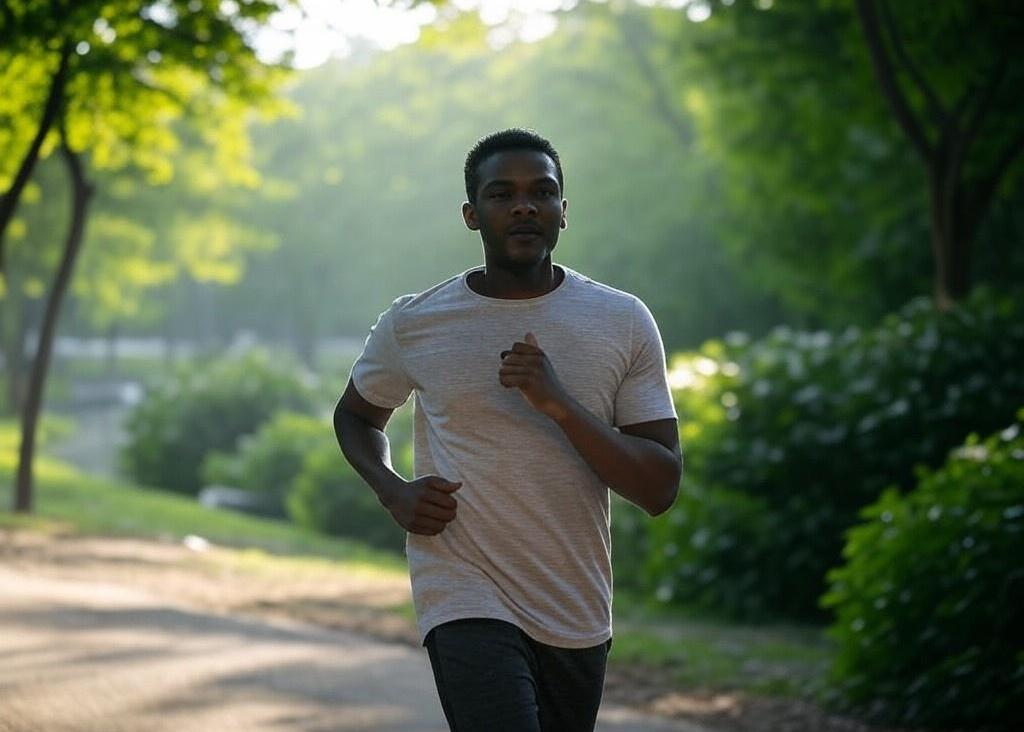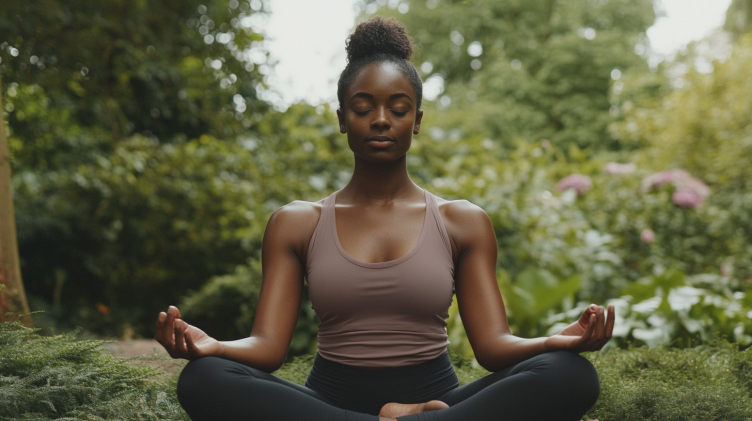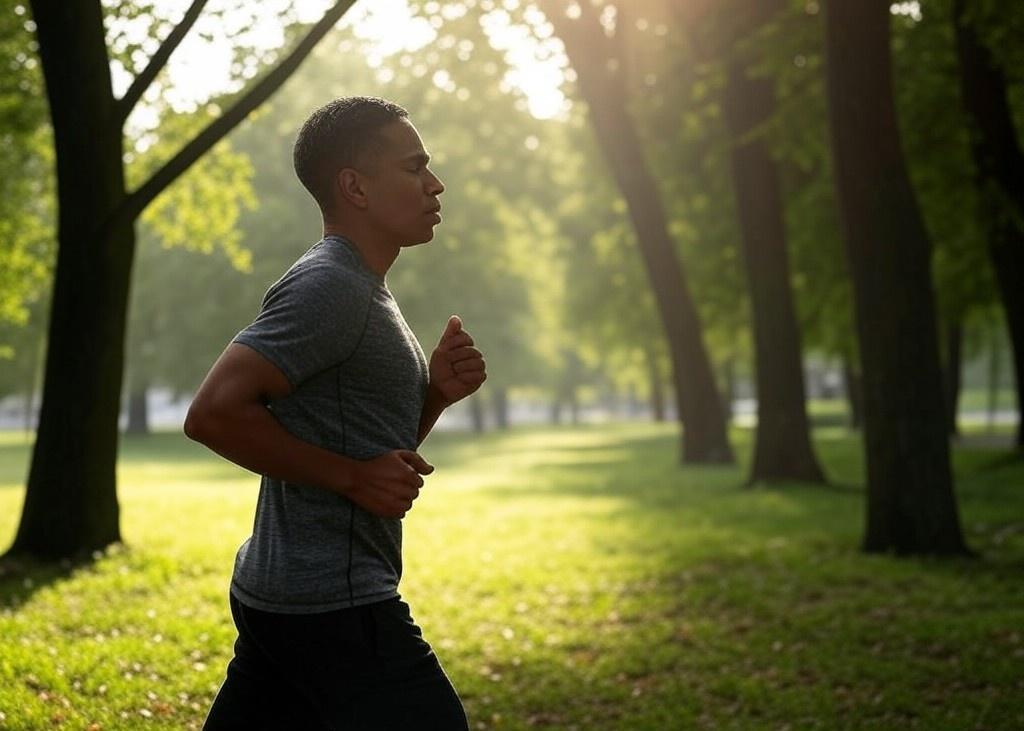Life Can Be Stressful, But Exercise Holds the Key to Relief
From juggling overwhelming tasks at work to managing everyday responsibilities, many people struggle with anxiety and low spirits. Thankfully, exercise has emerged as a widely accepted non-medication method to alleviate anxiety.
How Exercise Reduces Anxiety
During physical activity, our bodies produce a crucial metabolite—lactate. Research shows that increased lactate levels in the blood and brain after exercise stimulate the lactylation of specific synaptic proteins in the cerebral cortex. This process effectively alleviates anxiety triggered by stress.

Research screenshots
In one study, adolescent mice were subjected to 14 days of treadmill exercise (1 hour daily). Results revealed elevated lactate levels in the bloodstream and brain, successfully preventing anxiety behaviors in the mice. Researchers concluded that lactate plays a central role in exercise’s anti-anxiety effects, highlighting physical activity as a powerful tool for anxiety relief.
The Top 3 Exercises for Battling Anxiety and Depression
A January 2024 study published in the British Medical Journal examined the relationship between exercise and depression. It identified three exercises as the most effective:
1.Dancing

2.Jogging

3.Yoga

The research involved 14,170 participants and evaluated various exercise types, intensities, and frequencies. Factors like age, gender, depression levels, and group differences were also considered.
Key findings included:
Walking or jogging benefits both men and women.
Strength training has a stronger impact on women.
Yoga yields more significant results for men.

Additional Methods to Combat Anxiety and Depression
Beyond exercise, these simple strategies can also help improve mood and reduce anxiety:
1. Incorporate Anti-Anxiety Foods Into Your Diet
Numerous studies confirm the impact of diet on emotions. A 2019 joint study by universities in the UK and Australia found that a healthy diet rich in fresh vegetables, fruits, whole grains, nuts, and seafood—while limiting red meat and sweets—can significantly improve depression symptoms.

2. Spend Time in Nature and Bask in the Sunlight
Connecting with nature and soaking up sunlight can greatly boost mood. Sunlight helps release serotonin and regulates melatonin production, improving both mood and sleep. Epidemiological studies show higher depression rates during fall and winter, particularly in high-latitude regions with limited sunlight. Even a short daily sunbath can uplift your spirits.

3. Listen to Upbeat Music
When feeling low, listening to cheerful music can chase away the blues. Music engages the brain’s limbic system, which governs emotions, and has both calming and stress-reducing effects.

4. Talk to a Friend or Share a Hug
Talking about your feelings or sharing a warm hug can release oxytocin, a hormone that reduces the amygdala’s response to negative emotions. Hugs can also ease physical pain and improve mood.

5. Treat Yourself to a Relaxing Massage
Massage increases norepinephrine levels—a target hormone for many antidepressants—while reducing stress hormones and boosting dopamine, leaving you feeling lighter and more relaxed.

6. Embrace Warmth
Warmth can promote oxytocin release, fostering trust and reducing negativity. A hot cup of tea, a cozy blanket, or a warm bath can do wonders for your emotional state.

7. Enjoy a Piece of Chocolate
Consuming chocolate triggers dopamine release, creating a sensation of happiness and comfort.




















